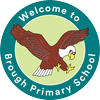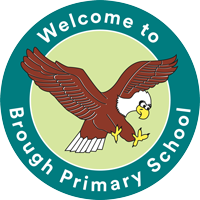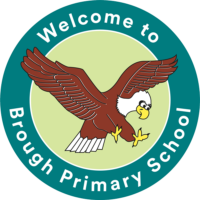Intent
Our Design and technology curriculum ensures that all children have the opportunity to design and make a wide range of products that solve real and relevant problems. We will fulfil the requirements of the National Curriculum for design and technology whilst ensuring the progressive development of skills from EYFS to Year 6.
Design and technology gives children the opportunity to solve problems using their own imagination and creativity. It is a hugely practical subject but also draws on a multitude of other curriculum areas including maths, science, computing and art. Children develop an understanding of social and environmental issues along with technical knowledge and essential life skills.
Our design and technology curriculum will inspire pupils to analyse, evaluate and reflect on the effectiveness of past and present products. They will work both as individuals and as part of a team to innovate, take risks and develop a critical understanding of design and technology and its impact on daily life and the wider world.
At Brough Primary School we foster enjoyment, satisfaction and purpose in designing and making things. We want to equip children with the confidence, knowledge and skills needed to take part and contribute to the development of our rapidly changing world.
Aims
The national curriculum for art and design aims to ensure that all pupils:
- develop the creative, technical and practical expertise needed to perform everyday tasks confidently and to participate successfully in an increasingly technological world
- build and apply a repertoire of knowledge, understanding and skills in order to design and make high-quality prototypes and products for a wide range of users
- critique, evaluate and test their ideas and products and the work of others
- understand and apply the principles of nutrition and learn how to cook.
Implementation
To ensure high standards of teaching and learning in design and technology, we implement a curriculum that is progressive throughout the school developing skills in textiles, structures, electrical systems, mechanical systems and cooking and nutrition. Design and technology is taught as part of a termly topic, focusing on the knowledge and skills stated in the National Curriculum.
The subject leader provides a long-term plan to ensure children receive a wide variety of design and technology experiences across age phases. The medium-term planning, also written by the subject leader, ensures a balance between skills development and knowledge acquisition. Teachers ensure their short-term planning is suitable for their class’s interests and different learning styles. Lessons and sequences of lessons will often follow the design process of research, design, make and evaluate.
Each design and technology project has an identified end product in order to give children ‘real life’ experiences. Teachers ensure that the children apply their knowledge and understanding when developing ideas, planning and making products. Children critically evaluate existing products, their own work and that of others. They have the opportunity to use a wide range of materials and resources, including ICT.
At Brough Primary, we provide a variety of opportunities for design and technology learning to take place inside and outside the classroom. Each term we have ‘share days’ which offer an opportunity for parents to engage with the school and participate in their children’s learning. Educational visits are another opportunity for the teachers to plan for additional design and technology learning outside of the classroom and provide the children with valuable hands-on experiences.
Impact
At Brough Primary School we want every child to leave us in Year 6 with a repertoire of design skills and attributes that they can use beyond school and into adulthood. We want children to become resourceful, enterprising and capable citizens.
The impact of teaching and learning is measured through an assessment of the high-quality products the children have made, the knowledge and skills they have developed and their ability to apply these in a variety of different ways. Children will meet or exceed the progression of skills requirements in different areas of design and technology.
We measure the impact of our curriculum by: –
- Moderation staff meetings to look at examples of work
- Monitoring of taught skills across the school to evidence progress.
- Images and videos of children’s practical learning.
- Assessing children’s understanding of topic linked vocabulary before and after the unit is taught.
- Interviewing the pupils about their learning (pupil voice)
- Annual reporting of standards across the curriculum
- Marking of work in books.
Children will show clear enjoyment and confidence in design and technology that they will then apply to other areas of the curriculum. We believe that high-quality design and technology education makes an essential contribution to the wealth and well-being of the nation. For that reason, we ensure that children at Brough Primary develop the creative, technical and practical expertise needed to perform everyday tasks confidently and to participate successfully in an increasingly technological world.


